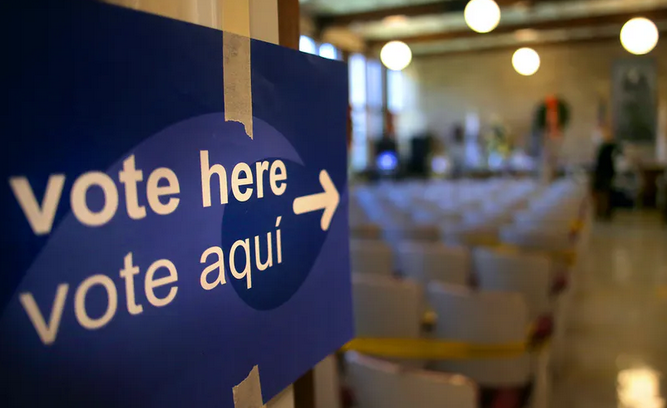At least a significant portion of their supporters, according to U of Aarhus researchers.
When two competing political parties in Denmark reversed their policy stance on an issue — suddenly they both supported reducing unemployment benefits — their voters immediately moved their opinions by around 15% into line with their party.
The same thing happened when one of these parties shifted from opposing to supporting ending Denmark’s early retirement.
The researchers were studying how public opinion is formed. Their recent paper sheds light on how much influence political parties have over their supporters, according to the researchers, who surveyed their panel of subjects in five successive waves between 2010 and 2011. They studied the same group of party supporters before, during and after a policy reversal.
“We can see that [the] welfare programs were actually quite popular … and many of the voters of the center-right party were in favor of these welfare programs,” commented one of the researchers, Rune Slothuus. “Nevertheless, we can see that they reversed their opinion from supporting these welfare programs to opposing these welfare programs.”
“I was surprised to see the parties appeared this powerful in shaping opinions,” Slothuus said. “Our findings suggest that partisan leaders can indeed lead citizens’ opinions in the real world, even in situations where the stakes are real and the economic consequences tangible.”
The researchers pondered Western democracy in light of their findings: “If citizens just blindly follow their party without thinking much about it, that should lead to some concern about the mechanisms in our democracy. Because how can partisan elites represent citizens’ views if the views of citizens are shaped by the very same elites who are supposed to represent them?”
